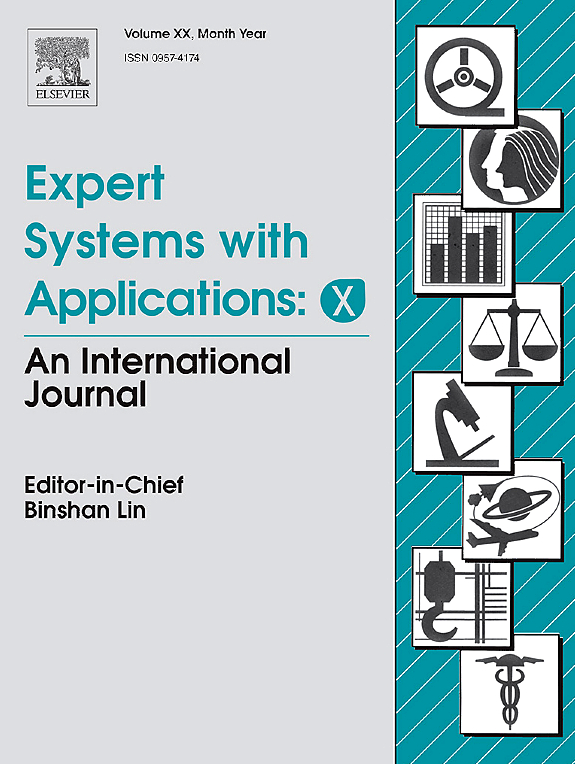
Expert Systems with Applications (ESWA) - Volume 148 论文列表
| 点击这里查看 Expert Systems with Applications 的JCR分区、影响因子等信息 |
| 卷期号: Volume 148 |
| 发布时间: 15 June 2020 |
| 卷期年份: 2020 |
| 卷期官网: https://www.sciencedirect.com/journal/expert-systems-with-applications/vol/148/suppl/C |
本期论文列表
Editorial Board
Discriminative dimensionality reduction for sensor drift compensation in electronic nose: A robust, low-rank, and sparse representation method
A feature selection algorithm for intrusion detection system based on Pigeon Inspired Optimizer
Developing a deep learning framework with two-stage feature selection for multivariate financial time series forecasting
Group-of-features relevance in multinomial kernel logistic regression and application to human interaction recognition
Aspect-based sentiment analysis using adaptive aspect-based lexicons
Development of an integrated decision making model for location selection of logistics centers in the Spanish autonomous communities
GNM: GridCell navigational model
Stacking ensemble based deep neural networks modeling for effective epileptic seizure detection
Group teaching optimization algorithm: A novel metaheuristic method for solving global optimization problems
Predicting sentence-level polarity labels of financial news using abnormal stock returns
Dimensionality reduction for multi-criteria problems: An application to the decommissioning of oil and gas installations
The evolution of knowledge navigator model: The construction and application of KNM 2.0
Learning alternative ways of performing a task
Characterizing basal-like triple negative breast cancer using gene expression analysis: A data mining approach
Applying Dempster–Shafer theory for developing a flexible, accurate and interpretable classifier
Discrete symbiotic organisms search method for solving large-scale time-cost trade-off problem in construction scheduling
Multi-objective flexibility-complexity trade-off problem in batch production systems using fuzzy goal programming
Accelerating the Miller–Tucker–Zemlin model for the asymmetric traveling salesman problem
A swarm optimization-based search algorithm for the quadratic knapsack problem with conflict Graphs
Nonnegative matrix factorization for link prediction in directed complex networks using PageRank and asymmetric link clustering information
The damped oscillator model (DOM) and its application in the prediction of emotion development of online public opinions

